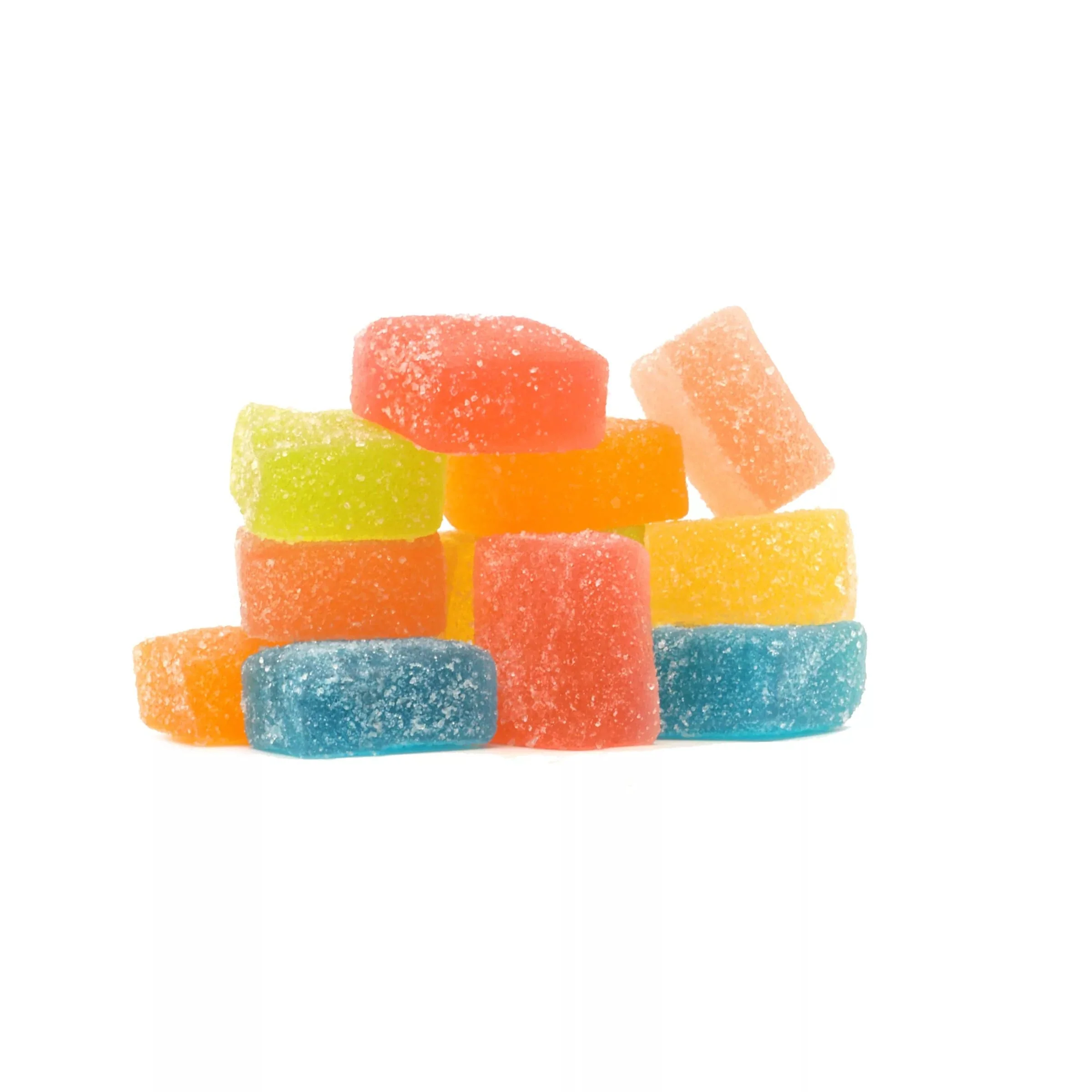Everyone has their strengths and weaknesses, and it’s no different for children. While there’s a certain spark and fun-loving spirit that most children possess, each one has their own special set of budding skills, interests, and preferences that makes them unique individuals. You may have noticed your little one has more trouble sitting down and reading a book than learning through practical experience. This isn’t a cause for concern; instead, it can tell you something about the unique way their mind operates.
While some children are naturally visual learners and others prefer learning through listening, there are those who are focused on bodily-kinesthetic sensations. Their primary way to absorb information is through movement and touch, which can be used to help them learn more effectively.
How to recognize a kinesthetic learner?
Kinesthetic learners take in new information predominantly through movement, activity, and touch. Here’s how to identify if your child falls under this category:
- They prefer doing things instead of reading or listening about them.
- They love having hands-on experience and freely exploring the world.
- They have well-developed physical skills, like speed, agility, and balance.
- They’re good at sports and with their hands.
- They tend to react instinctively rather than planning their actions.
- They’re easily bored with quiet, sedentary activities.
- They have plenty of energy and have trouble sitting still.
How to help bodily-kinesthetic learners learn?

Recognizing just how special they are and being willing to accommodate to fit their needs shows your child that you respect their individuality. If you’ve noticed that your little one is a bodily-kinesthetic learner, here’s what you can do to play up their natural strengths:
- Teach them through experiments and practical demonstrations rather than giving them reading materials. For example, plant something together, water it, and watch it grow instead of teaching them about a plant’s life cycle from a textbook.
- Make physical activity a part of the learning experience. You can let them move around a little by using games to revise their school material. Standing at the desk or sitting on a bouncy ball while they study can also do the trick.
- Do plenty of creative projects. Since kinesthetically minded children are particularly crafty, they’ll enjoy making something from scratch with their own hands. Since they’re eager to experience things in a tactile manner, they’ll love playing with building blocks, play-doh, and other materials.
How to stimulate bodily-kinesthetic intelligence?
There are children whose bodily-kinesthetic processing is a weaker aspect of their skillset. They may be a little clumsy, more likely to engage in sedentary activities, and uninterested in sports. If you’d like to help them develop their physical skills and become a bit more open to hands-on experience, here’s what to try:
- Encourage them to touch things with their hands and expose them to many different sensations.
- Support them when they feel the urge to get their hands dirty and explore things directly and experientially.
- Sign them up for organized sports, where they can be coached by a professional.
- Make sure they have more physical activity, which can be as simple as taking walks around the neighborhood or having fun jumping sessions at a trampoline park.
- Don’t force them to do too many things they find threatening at once. Go step by step and show them that there’s a joy in physical activity and tactile sensations.
- Continue catering to their dominant learning style, where they feel comfortable.
These tactics will enable them to have new experiences and see the world from different perspectives.






